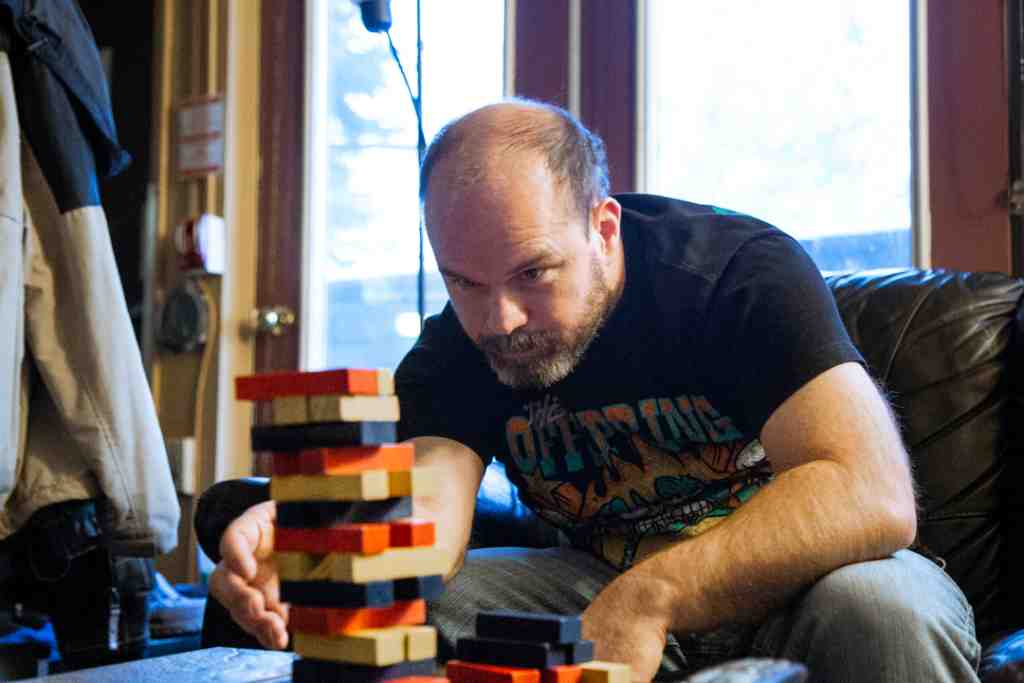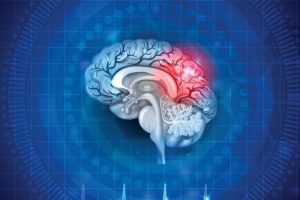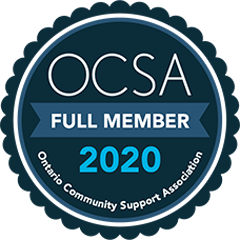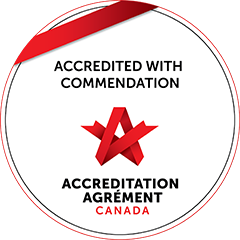The Rancho Los Amigos Scale
The Rancho Los Amigos Scale is most helpful in assessing the patient in the first weeks or months following an injury, because it does not require cooperation from the patient. These Rancho Levels are based on observations of the patient's response to external stimuli. They provide a descriptive guideline of the various stages a brain injury patient will experience as he/she progresses through recovery.
Just as every brain injury is unique; so is the rate of recovery. One cannot predict the speed with which a brain injury patient will progress from level to level, or at which level the patient will reach a plateau, which is a temporary or permanent levelling off in the recovery process.
It is important to understand the Rancho Levels and their characteristics. An understanding of the eight levels provides insight into the progression through recovery and rehabilitation.
The 8 Levels of Coma
I. No Response
A person at this level will:
- not respond to sounds, sights, touch or movement.
II. Generalized Response
A person at this level will:
- begin to respond to sounds, sights, touch or movement;
- respond slowly, inconsistently, or after a delay;
- responds in the same way to what he hears, sees or feels. Responses may include chewing, sweating, breathing faster, moaning, moving and/or increasing blood pressure.
III. Localized Response
A person at this level will:
- be awake on and off during the day;
- make more movements than before;
- react more specifically to what he sees, hears or feels. For example, he may turn towards a sound, withdraw from pain, and attempt to watch a person move around the room;
- react slowly and inconsistently;
- begin to recognize family and friends;
- follow some simple directions suck as "Look at me" or "squeeze my hand";
- begin to respond inconsistently to simple questions with "yes" or "no" head nods.
IV. Confused-Agitated
A person at this level will:
- be very confused and frightened;
- not understand what he feels, or what is happening around him;
- overreact to what he sees, hears or feels by hitting, screaming, using abusive language, or thrashing about. This is because of the confusion;
- be restrained so he doesn't hurt himself;
- be highly focused on his basic needs; ie., eating, relieving pain, going back to bed, going to the bathroom, or going home;
- may not understand that people are trying to help him;
- not pay attention or be able to concentrate for a few seconds;
- have difficulty following directions;
- recognize family/friends some of the time;
- with help, be able to do simple routine activities such as feeding himself, dressing or talking.
V. Confused-Inappropriate, Non-Agitated
A person at this level will:
- be able to pay attention for only a few minutes;
- be confused and have difficulty making sense of things outside himself;
- not know the date, where he is or why he is in the hospital;
- not be able to start or complete everyday activities, such as brushing his teeth, even when physically able. He may need step-by-step instructions;
- become overloaded and restless when tired or when there are too many people around; have a very poor memory, he will remember past events from before the accident better than his daily routine or information he has been told since the injury;
- try to fill in gaps in memory by making things up; (confabulation)
- may get stuck on an idea or activity (perseveration) and need help switching to the next part of the activity;
- focus on basic needs such as eating, relieving pain, going back to bed, going to the bathroom, or going home.
VI. Confused-Appropriate
A person at this level will:
- be somewhat confused because of memory and thinking problems, he will remember the main points from a conversation, but forget and confuse the details. For example, he may remember he had visitors in the morning, but forget what they talked about;
- follow a schedule with some assistance, but becomes confused by changes in the routine;
- know the month and year, unless there is a serious memory problem;
- pay attention for about 30 minutes, but has trouble concentrating when it is noisy or when the activity involves many steps. For example, at an intersection, he may be unable to step off the curb, watch for cars, watch the traffic light, walk, and talk at the same time;
- brush his teeth, get dressed, feed himself etc., with help;
- know when he needs to use the bathroom;
- do or say things too fast, without thinking first;
- know that he is hospitalized because of an injury, but will not understand all the problems he is having;
- be more aware of physical problems than thinking problems;
- associate his problems with being in the hospital and think he will be fine as soon as he goes home.
VII. Automatic-Appropriate
A person at this level will:
- follow a set schedule
- be able to do routine self care without help, if physically able. For example, he can dress or feed himself independently; have problems in new situations and may become frustrated or act without thinking first;
- have problems planning, starting, and following through with activities;
- have trouble paying attention in distracting or stressful situations. For example, family gatherings, work, school, church, or sports events;
- not realize how his thinking and memory problems may affect future plans and goals. Therefore, he may expect to return to his previous lifestyle or work;
- continue to need supervision because of decreased safety awareness and judgement. He still does not fully understand the impact of his physical or thinking problems;
- think slower in stressful situations;
- be inflexible or rigid, and he may be stubborn. However, his behaviors are realted to his brain injury;
- be able to talk about doing something, but will have problems actually doing it.
VIII. Purposeful-Appropriate
A person at this level will:
- realize that he has a problem in his thinking and memory;
- begin to compensate for his problems;
- be more flexible and less rigid in his thinking. For example, he may be able to come up with several solutions to a problem;
- be ready for driving or job training evaluation;
- be able to learn new things at a slower rate;
- still become overloaded with difficult, stressful or emergency situations;
- show poor judgement in new situations and may require assistance;
- need some guidance making decisions;
- have thinking problems that may not be noticeable to people who did not know the person before the injury.
© Los Amigos Research and Educational Institute (LAREI), 1990
DEFINITION OF ABI
Developed by the Clinical Data Working Group of the Toronto ABI Network and adopted by their Advisory Committee
TYPES OF HEAD INJURY
Describes the different types of brain and head injuries, including the complication and recovery process.
PHYSICAL CHANGES
Describes how brain injury may lead to physical changes which can be temporary or permanent, severity and location of the brain injury.
COGNITIVE CHANGES
Describes how cognitive changes after brain injury can affect the way a person thinks, learns and remembers.
EMOTIONAL/BEHAVIOURAL CHANGES
Describes changes in a person's emotional reaction or behaviour after a brain injury, often the most difficult for the individual and families to deal with.
HORMONAL CHANGES
Describes some of the common issues as they relate to hormonal changes following an aquired or traumtic brain injury.
FUNCTION & SYMPTOMS
Describes brain anatomy, its functions and symptoms following an aquired or traumtic brain injury.
3D BRAIN INTERACTIVE
Information on disorders, brain damage, case studies, and links to modern neuroscience research.
BRAIN STIMULATION
Describes the anatomy of the brain and its function with a special interactive feature.
Ranchos Los Amigos Scale
Describes this medical scale used to assess individuals after a brain injury, based on cognitive and behavioural presentations as they emerge from coma.





